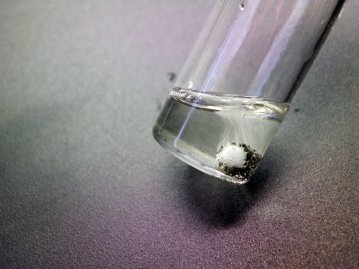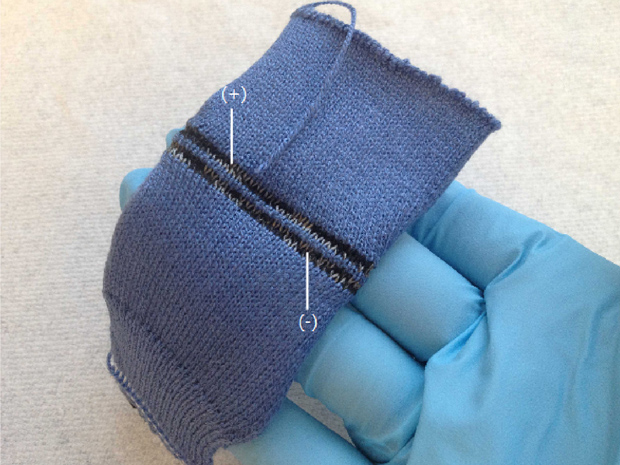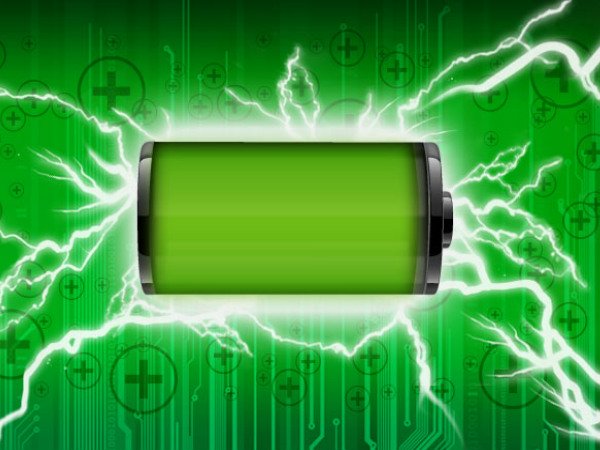
University of Oregon chemists have developed a boron-nitrogen-based liquid-phase storage material for hydrogen that works safely at room temperature and is both air- and moisture-stable — an accomplishment that offers a possible route through current storage and transportation obstacles.
Reporting in a paper placed online ahead of publication in the Journal of the American Chemical Society, a team of four UO scientists describes the development of a cyclic amine borane-based platform called BN-methylcyclopentane. In addition to its temperature and stability properties, it also features hydrogen desorption, without any phase change, that is clean, fast and controllable. It uses readily available iron chloride as a catalyst for desorption, and allows for recycling of spent fuel into a charged state.
The big challenges to move this storage platform forward, researchers cautioned, are the needs to increase hydrogen yield and develop a more energy efficient regeneration mechanism.
“In addition to renewable hydrogen production, the development of hydrogen storage technologies continues to be an important task toward establishing a hydrogen-based energy infrastructure,” said Shih-Yuan Liu, professor of chemistry and researcher in the UO Material Sciences Institute.
The U.S. Department of Energy, which funded the research, is shooting to develop a viable liquid or solid carrier for hydrogen fuel by 2017. The new UO approach differs from many other technologies being studied in that it is liquid-based rather than solid, which, Liu says, would ease the possible transition from a gasoline to a hydrogen infrastructure.
“The field of materials-based hydrogen storage has been dominated by the study of solid-phase materials such as metal hydrides, sorbent materials and ammonia borane,” Liu said. “The availability of a liquid-phase hydrogen storage material could represent a practical hydrogen storage option for mobile and carrier applications that takes advantage of the currently prevalent liquid-based fuel infrastructure.”
The key is in the chemistry. Liu’s team originally discovered six-membered cyclic amine borane materials that readily trimerize — form a larger desired molecule — with the release of hydrogen. These initial materials, however, were solids. By tweaking the structure, including reducing the ring size from 6- to a 5-membered ring, the group succeeded in creating a liquid version that has low vapor pressures and does not change its liquid property upon hydrogen release.
Initially, Liu said, the new platform could be more readily adopted for use in portable fuel cell-powered devices.



